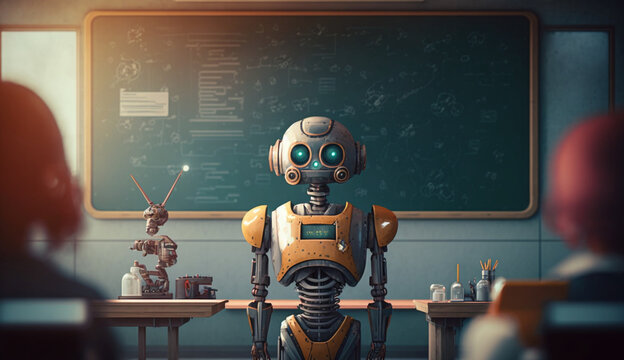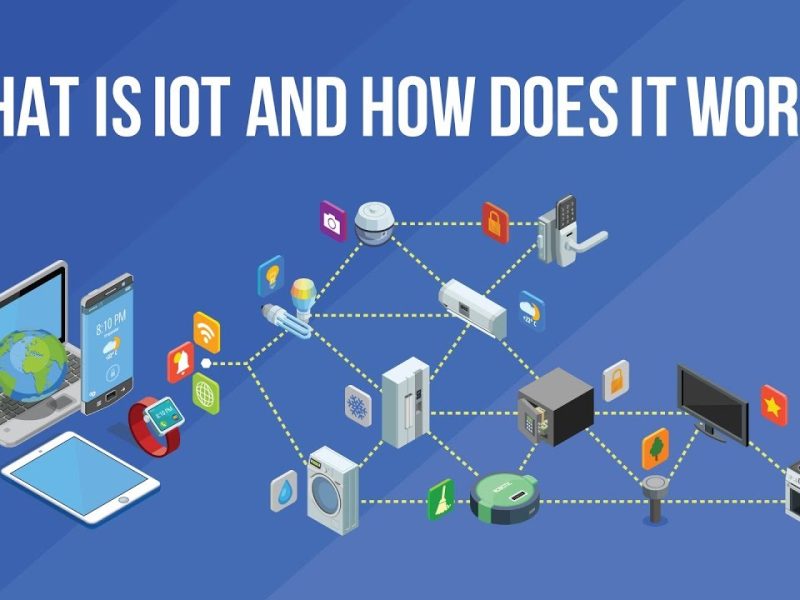How Collaborative Robots Transforming Industries and Workplaces
(Collaborative robots, a new generation technology with significant marketing potential helping businesses and transforming the workplace)
In the leading world of technology, technical innovations are nothing new. Robotics and artificial intelligence, like innovations, are rapidly changing the world. As we progress ahead, we are coming closer to new technologies every day.
When you think of artificial technology and robotics, you probably come across the word, Collaborative robotics. Robotics is used everywhere in manufacturing, assembling car parts, and doing tasks like other humans.
However, a new technology replacing human involvement in repetitive tasks is known as collaborative robots. Collaborative robots or Cobats are the latest technology that has changed the world of automation positively. The term Cobat is derived from the collaborative. The term collaborative represents that these robots can work together like humans, managing every task efficiently.
These types of robots are specially created for the collaborative workspace, and they work together alongside humans. In most cases, they complete repetitive tasks while a human does more efficient and complicated tasks. Collaborative robots mainly work on the problem skills of humans.
Robotics is the area where we will witness huge inventions. Robots will not help in impersonal tasks but also advance tasks in the upcoming future.
What are collaborative robots?
Collaborative robots or Cobats are specialized robots that are designed to work together with humans without affecting their work. They did not replace humans; instead, they will help augment and influence human capabilities. In this way, they improve the efficiency, data capabilities, and precision that will bring better change across different industries.
Collaborative robots have a unique design with rounded edges, are lightweight, and force-limited with precision and care to ensure maximum safety. These robots are equipped with extra-enabled sensors to avoid any collision with humans and for safety purposes in case of complications.
The ability of collaborative robots to work in different spaces is definitely a great sign that can increase its application in different industries. The market for collaborative robots will grow more in the future as its demand grows higher.
So let’s understand in detail how collaborative robotics can change different industries.
Collaborative robotics in different industries:-
Collaborative robots are designed to simplify humans as they closely work together to assist in human tasks. The impact of collaborative robots differs in various industries. These highly advanced machines highly influence the workplace with their multiple task handling capacity.
Collaborative robots’ influence helps industries automate tasks, improve efficiency, and lower operational costs.
Economic automation:-
Automation simply means the process of self-moving without human involvement. Automation brings the advantage to the workplace by efficiently handling tasks and increasing productivity.
Over the years, collaborative robots have become common in all types of businesses. These robots have very low initial costs and smaller sizes and are suitable for all work environments.
One of the key advantages of automation is less human involvement which simply means the labor costs will be reduced.
A collaborative robot can work more efficiently, emulating a human operator’s physical skills. These robots perform every task with precision and reliability, potentially 24 hours a day. You can manage every task, from moving to stacking, with the assistance of collaborative robots. As these tasks involve high strength, humans are vulnerable to injury. This is why automation is better, extremely robust, and dependable technology to carry out these tasks.
Besides being efficient in tasks, automation can also reduce the possibility of errors. Collaborative robots do every task efficiently till completion. If they run into issues they can be programmed to solve another problem.
Use Of Collaborative Robots
They bring humans and automation together in a collaborative space. They are constantly in demand as different industries realize their potential. Bringing collaborative robots into our system is a really good idea that will impact our workforce and market labor. However, it’s still being determined how fast these systems will become a reality getting wider prominence globally.
Cobats are not only limited to industrial tasks but are also used in the automobile industry to work on various tasks. In the automotive industry, Collaborative robots work with humans to manufacture cars. They are employed for associated tasks like painting, polishing, welding, and assembling different parts of the vehicle. Other than that, they are also used in laborious tasks that are dangerous for humans to do, such as lifting heavy objects and working with sharp edges.
Cobat’s involvement in the automotive industry has increased safety as they will only do the tasks they are programmed to and won’t make mistakes like forgetting to switch off the machine or not following the safety measures. The other area Cobats highly impact is productivity working more quickly than humans and doing tasks in less time. Additionally, as there will be fewer errors means better quality results will be achieved in less time.
Cobats are also extensively used in food sector FMCG companies. In the food industry, combats are used for packaging and carrying out repetitive tasks such as packaging items, wrapping, and locating them from one place to another. Carrying out tasks efficiently while maintaining safety guidelines saves a lot of money and time. Moreover, they also efficiently sort things during higher-level tasks, and robots are designed for low-level tasks.
Conclusion:-
Technological revolution can improve our lives in a world where everything depends on evolution. Adopting technology for our good means can save time and money. Combats like technology are good for humans as they help in repetitive tasks by making production more efficient. Cobats are also proven to be more efficient than robots, making them suitable for large and medium enterprises. If continuing with the same evolution, combat will soon replace humans in certain functions and enable manufacturers to adopt new changes in the manufacturing system.























